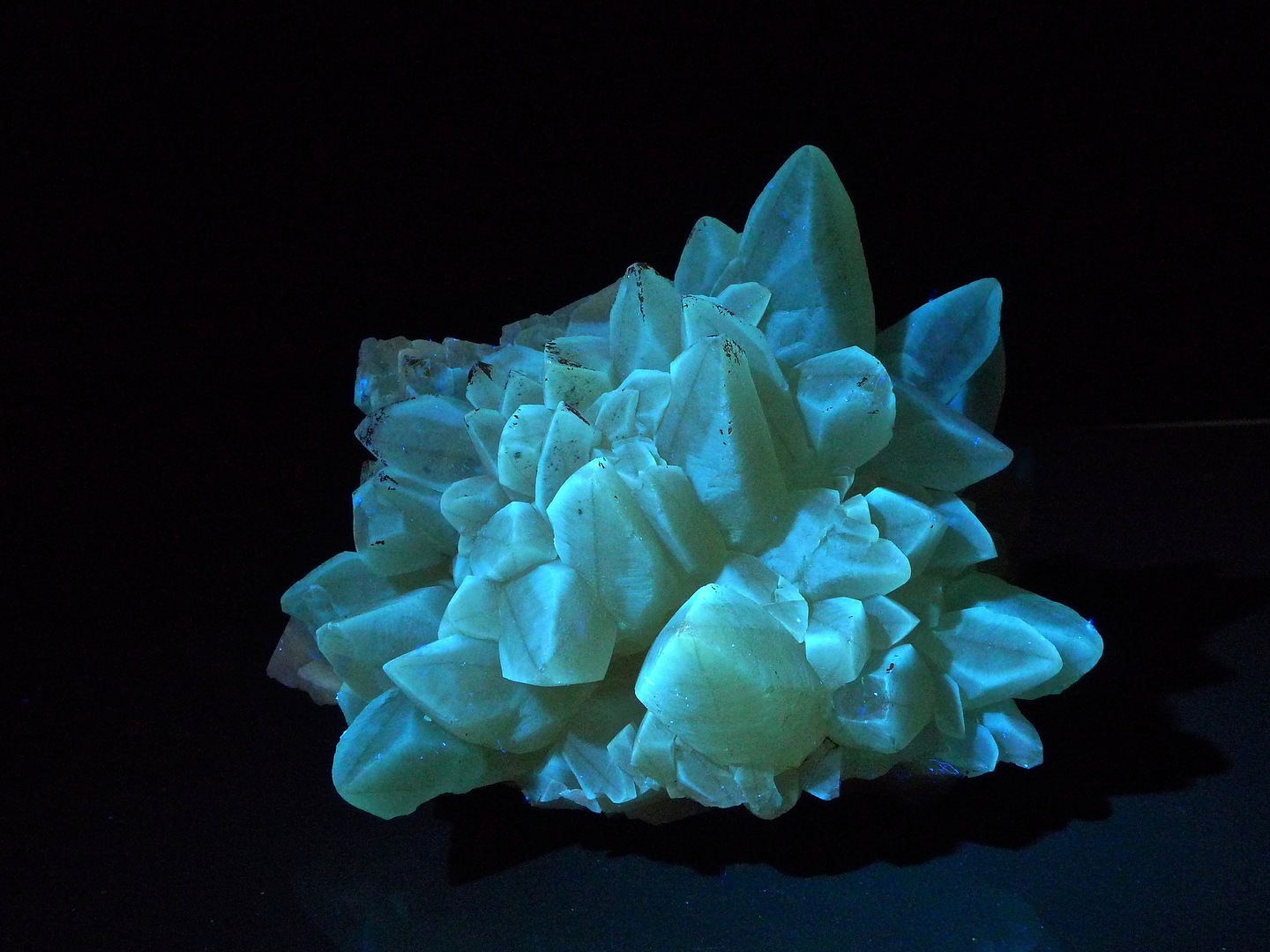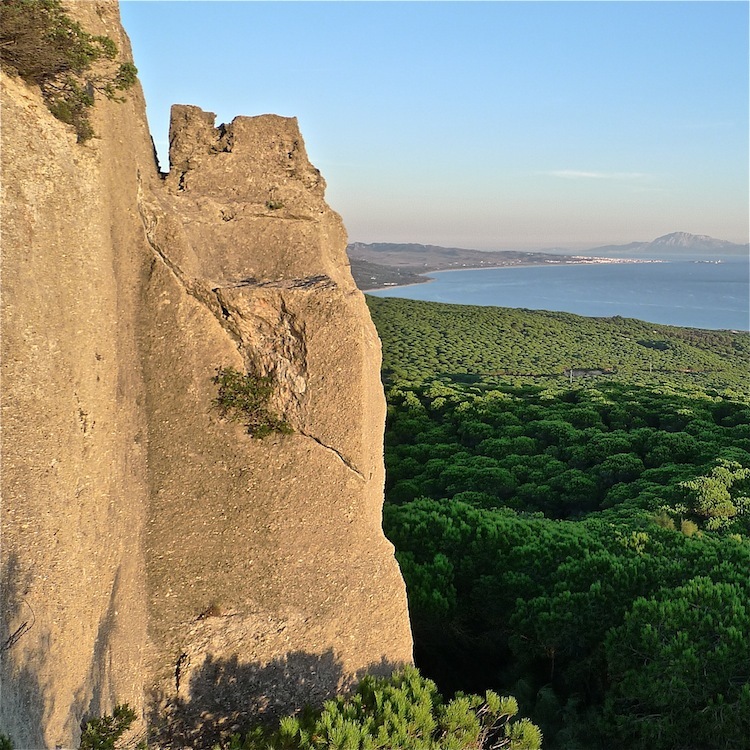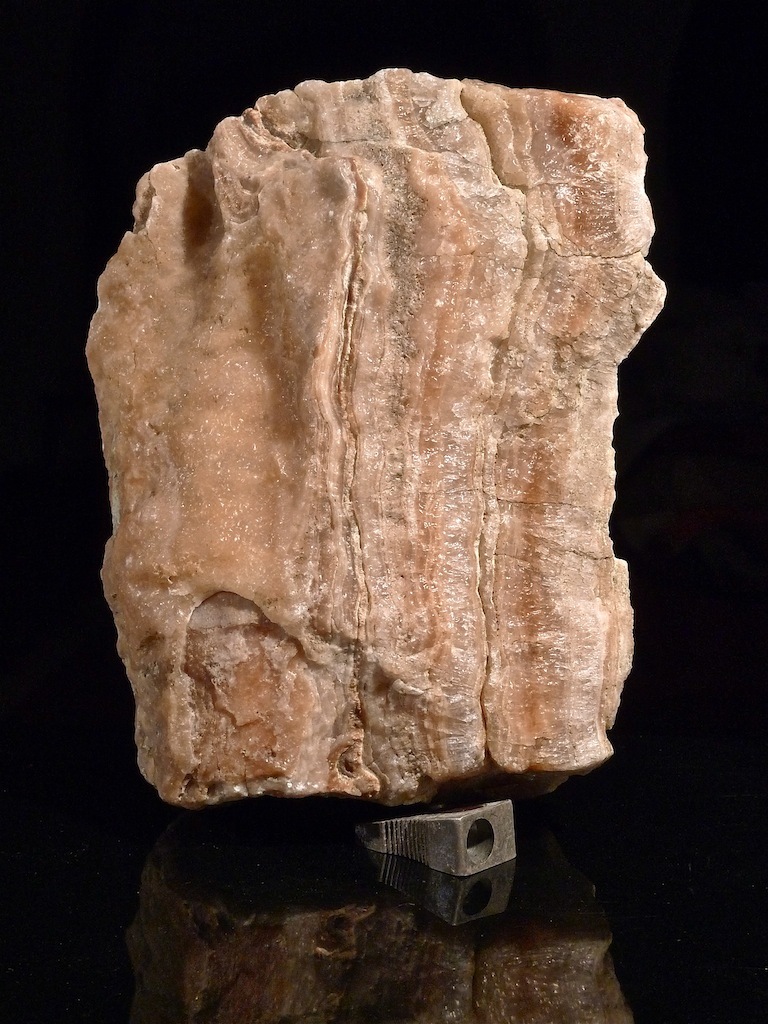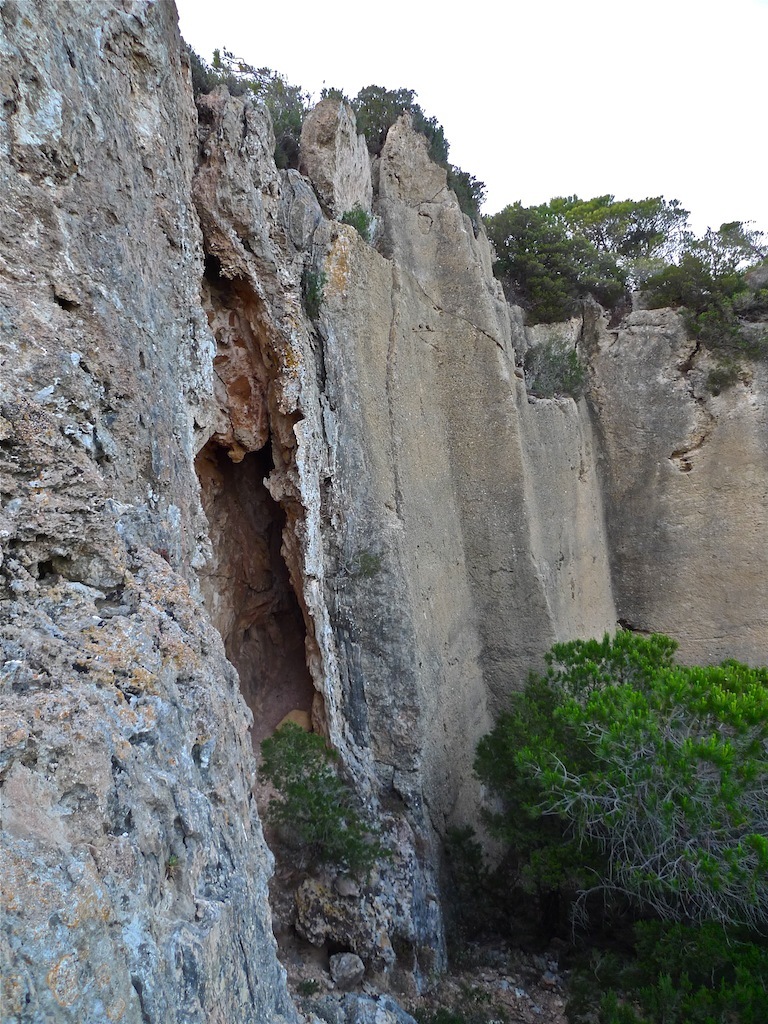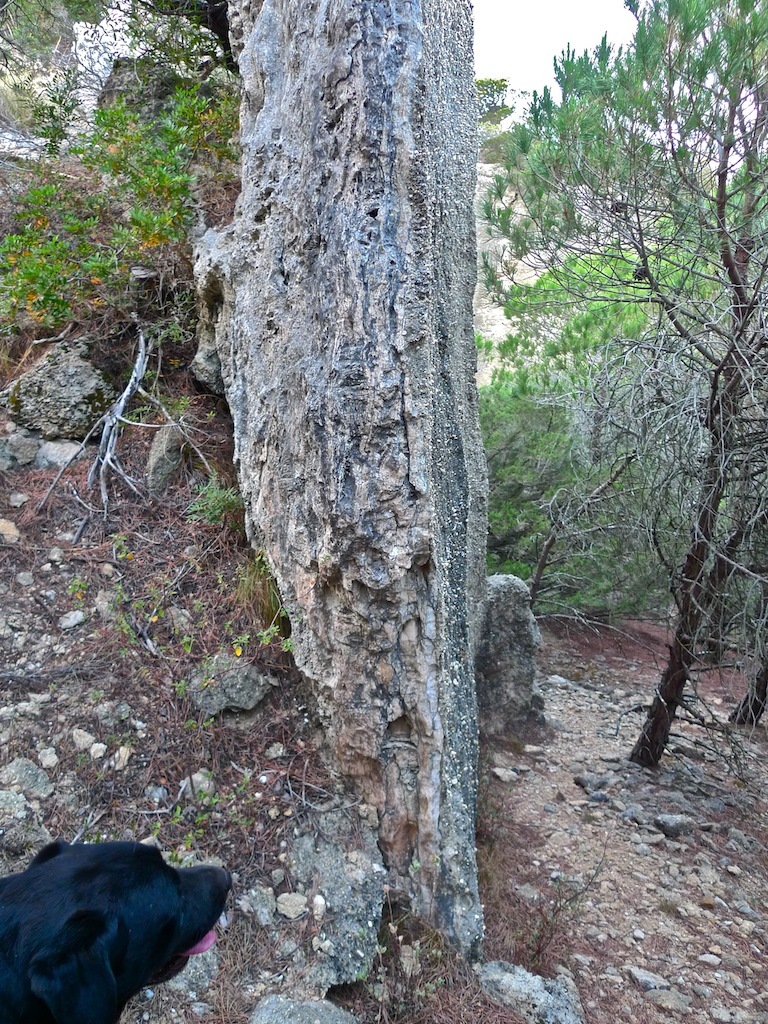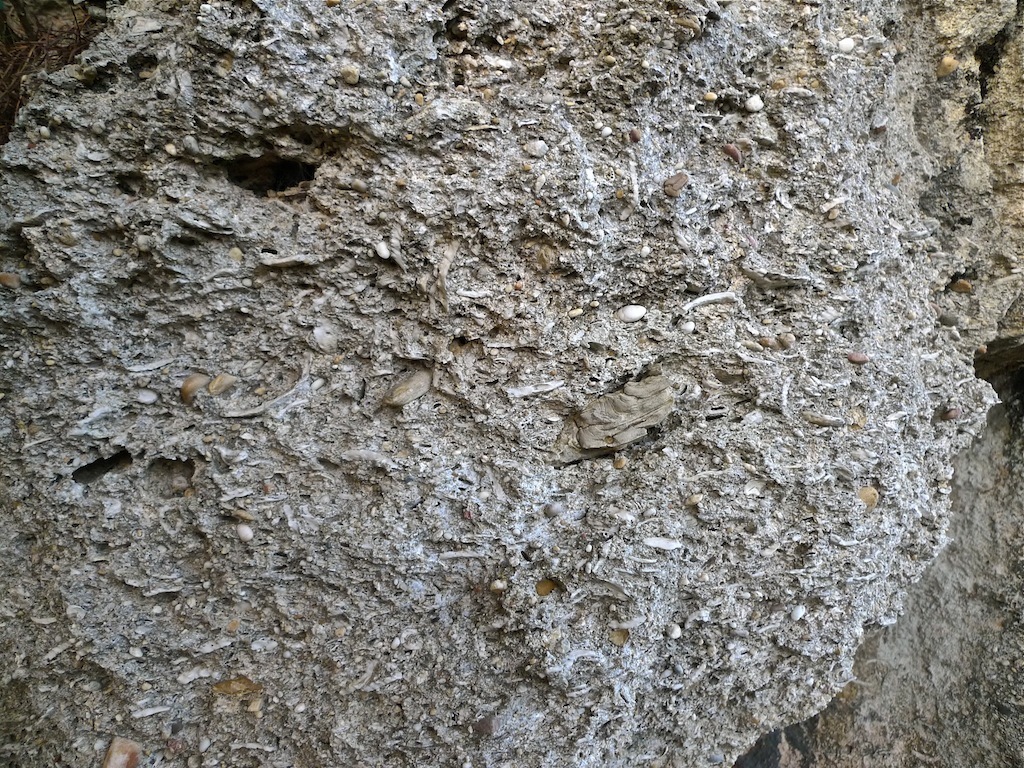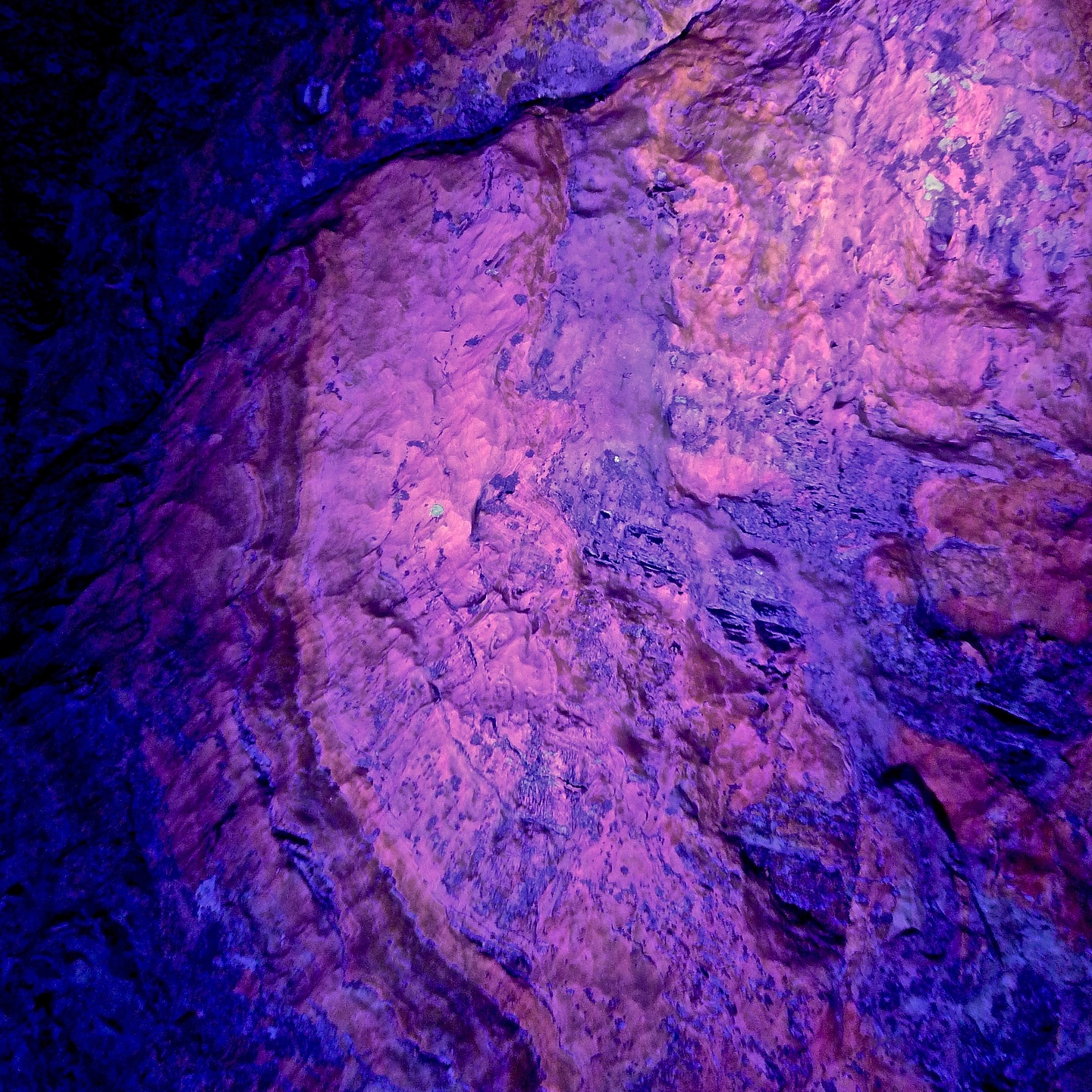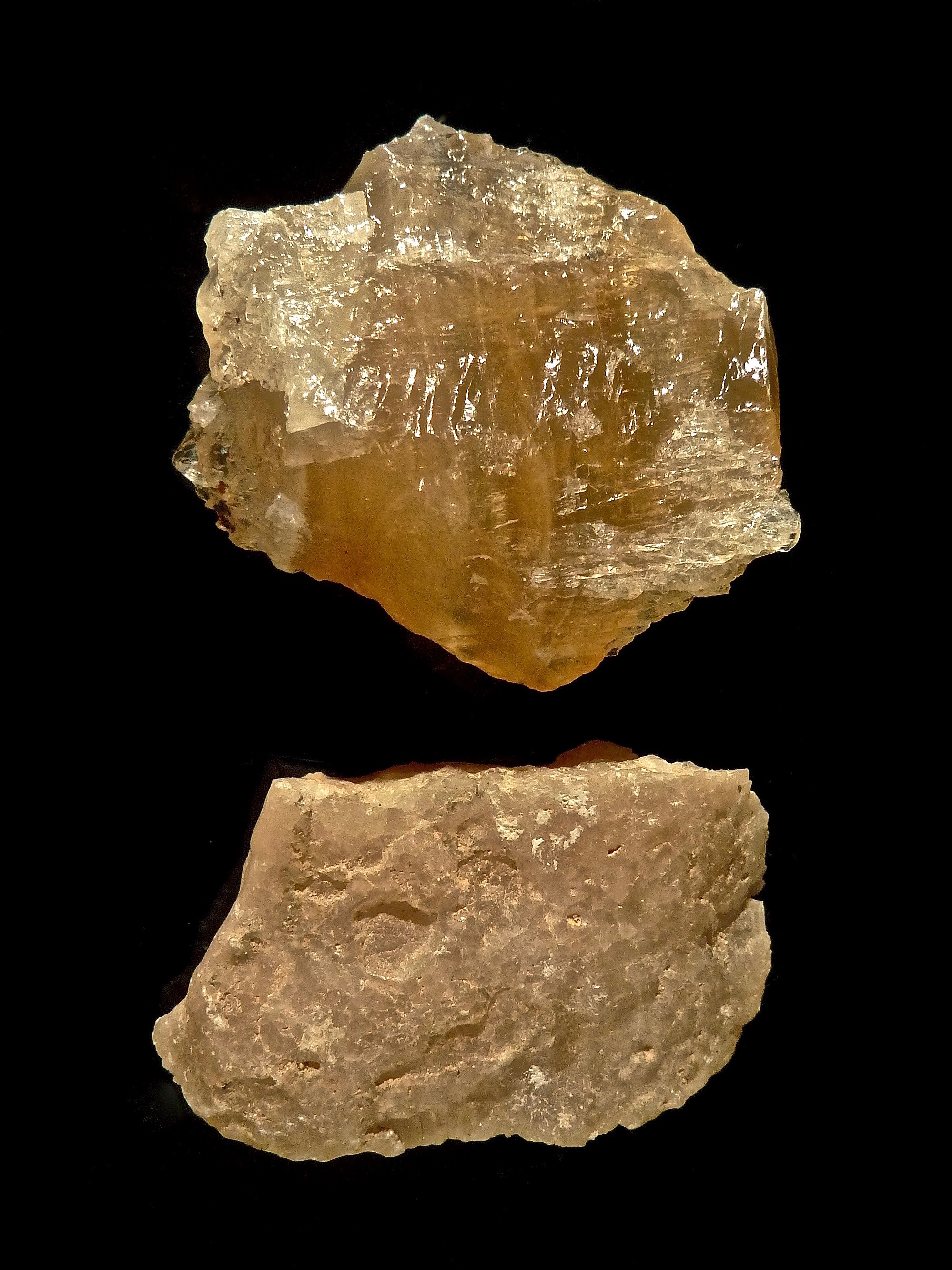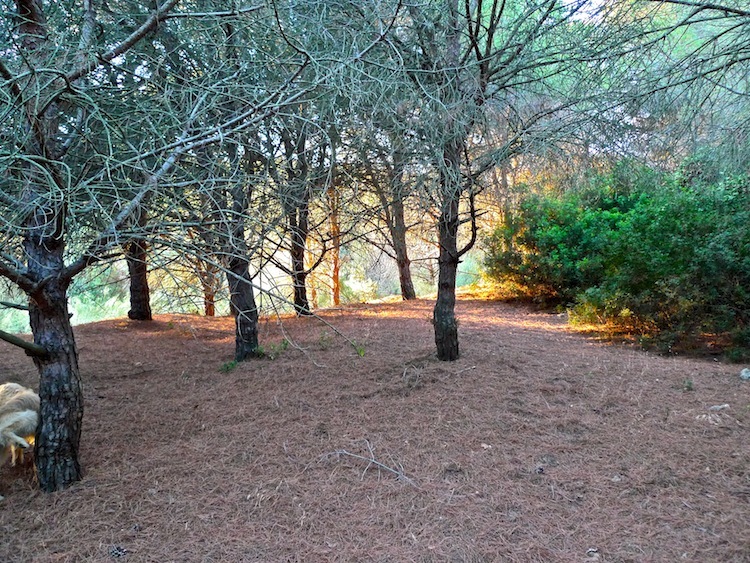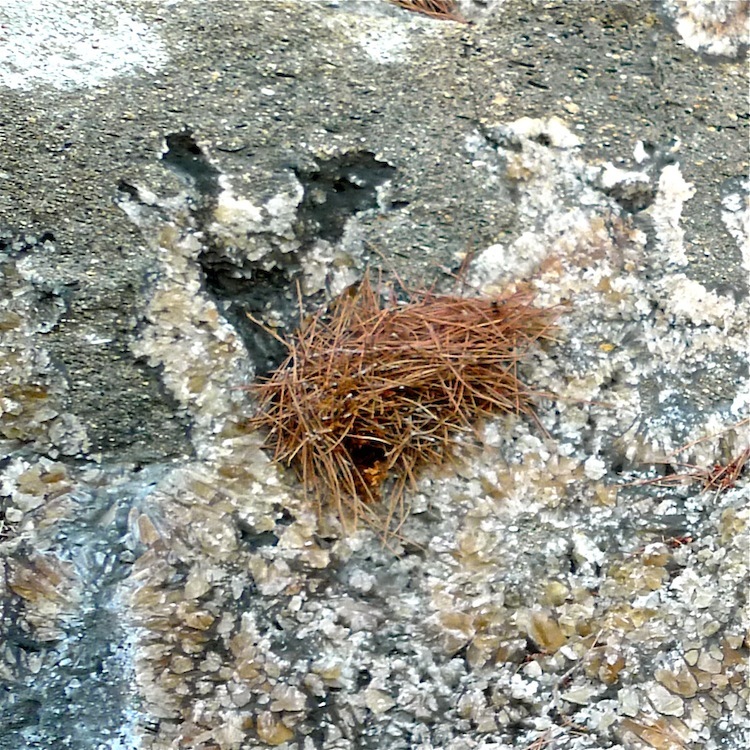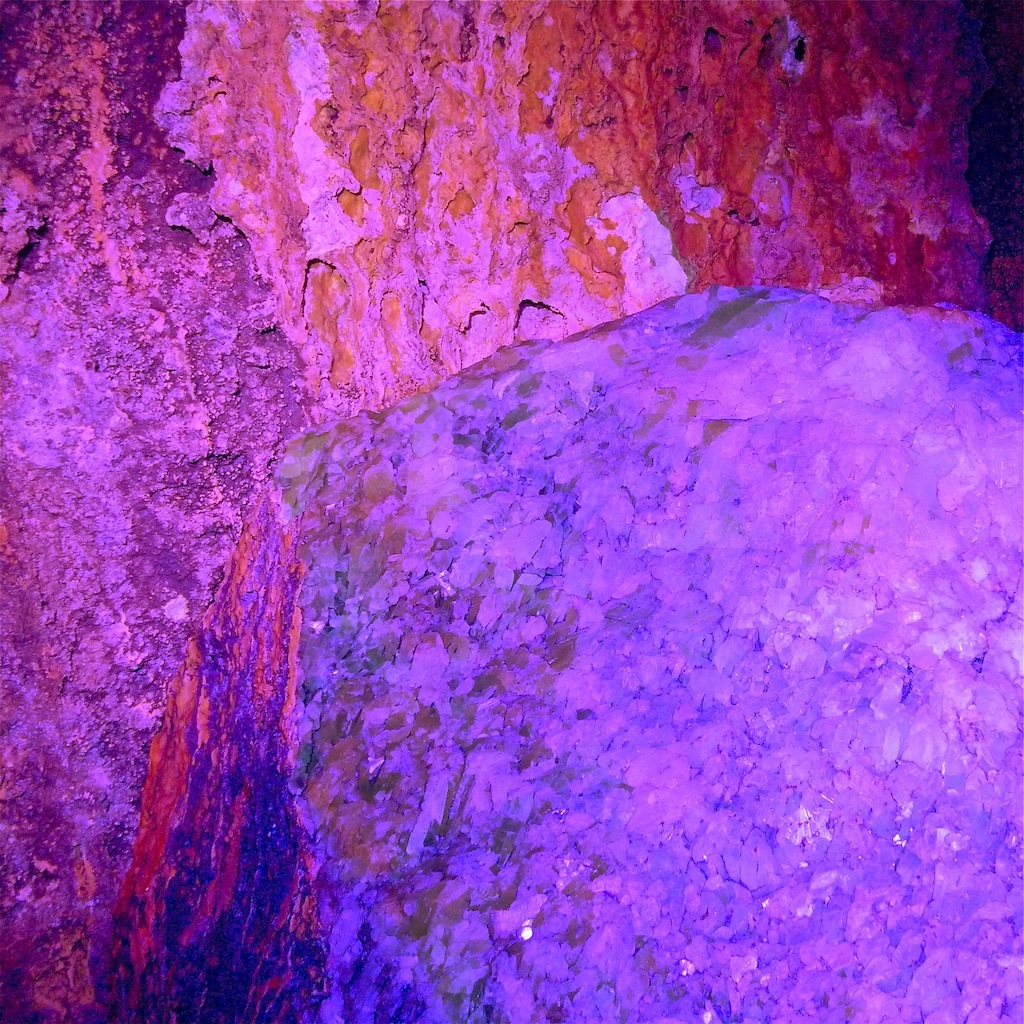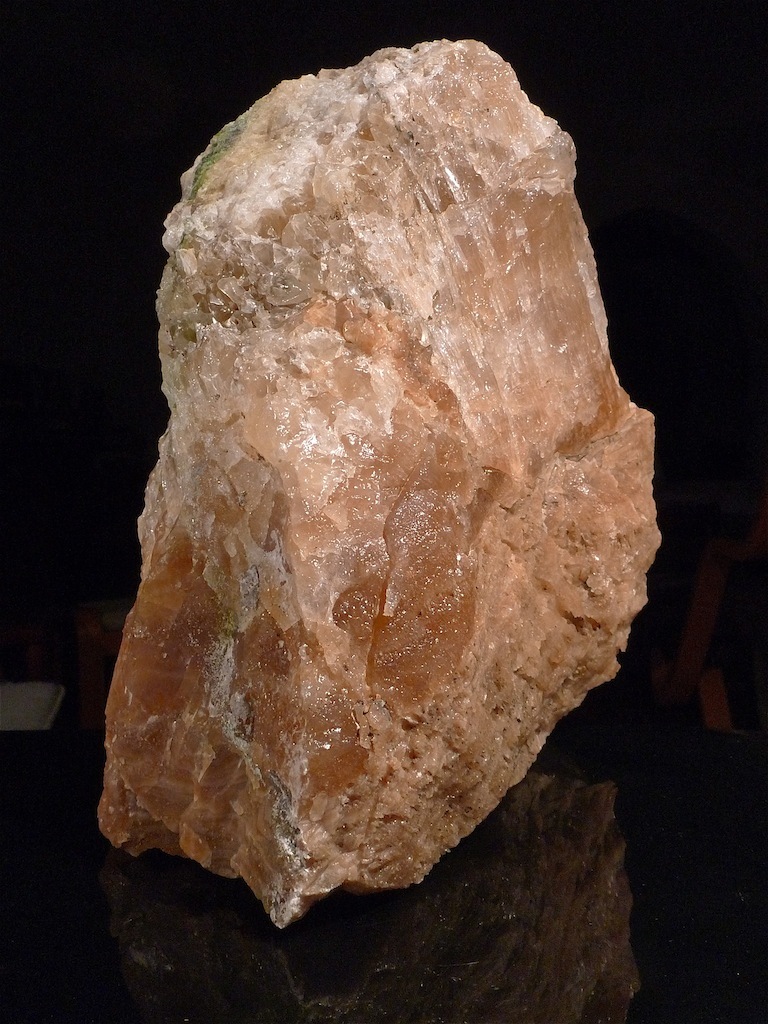Home PageAbout MindatThe Mindat ManualHistory of MindatCopyright StatusWho We AreContact UsAdvertise on Mindat
Donate to MindatCorporate SponsorshipSponsor a PageSponsored PagesMindat AdvertisersAdvertise on Mindat
Learning CenterWhat is a mineral?The most common minerals on earthInformation for EducatorsMindat ArticlesThe ElementsThe Rock H. Currier Digital LibraryGeologic Time
Minerals by PropertiesMinerals by ChemistryAdvanced Locality SearchRandom MineralRandom LocalitySearch by minIDLocalities Near MeSearch ArticlesSearch GlossaryMore Search Options
The Mindat ManualAdd a New PhotoRate PhotosLocality Edit ReportCoordinate Completion ReportAdd Glossary Item
Mining CompaniesStatisticsUsersMineral MuseumsClubs & OrganizationsMineral Shows & EventsThe Mindat DirectoryDevice SettingsThe Mineral Quiz
Photo SearchPhoto GalleriesSearch by ColorNew Photos TodayNew Photos YesterdayMembers' Photo GalleriesPast Photo of the Day GalleryPhotography
╳Discussions
💬 Home🔎 Search📅 LatestGroups
EducationOpen discussion area.Fakes & FraudsOpen discussion area.Field CollectingOpen discussion area.FossilsOpen discussion area.Gems and GemologyOpen discussion area.GeneralOpen discussion area.How to ContributeOpen discussion area.Identity HelpOpen discussion area.Improving Mindat.orgOpen discussion area.LocalitiesOpen discussion area.Lost and Stolen SpecimensOpen discussion area.MarketplaceOpen discussion area.MeteoritesOpen discussion area.Mindat ProductsOpen discussion area.Mineral ExchangesOpen discussion area.Mineral PhotographyOpen discussion area.Mineral ShowsOpen discussion area.Mineralogical ClassificationOpen discussion area.Mineralogy CourseOpen discussion area.MineralsOpen discussion area.Minerals and MuseumsOpen discussion area.PhotosOpen discussion area.Techniques for CollectorsOpen discussion area.The Rock H. Currier Digital LibraryOpen discussion area.UV MineralsOpen discussion area.Recent Images in Discussions
Identity HelpCalcite green fluorescence activator
4th Jun 2012 01:44 UTCJosé Zendrera 🌟 Manager
Last night I discovered that a large calcite aggregate placed in my garden is so fluorescent. All fluo calcites in my collection turns to pink with UV but this one turns to green. Can somebody tell me how rare is this?
I have understood that the activator of pink fluorescence in calcite is manganese. Have you any idea about wich element could be the activator of green fluorescence in calcite?
Very thanks for your comments.
Parallel grow calcite aggregate with karstic origin on Miocene bioclastic conglomerate.
45 x 35 x 30 cm
Same view under LW UV LED.
Side view.

4th Jun 2012 03:15 UTCHenry Barwood

4th Jun 2012 04:21 UTCErrol Culver
4th Jun 2012 14:28 UTCJosé Zendrera 🌟 Manager
This calcite is from a old Roman quarry exploted many centuries ago to built Baelo Claudia (Tarifa, Cadiz, Spain) not far from my home. I will come back there by night to chech if all calcite in the quarry is fluorescent or not.
Thanks again and greetings.
* please see my thread about fluorescence here (in spanish but with nice pictures):
http://www.foro-minerales.com/forum/viewtopic.php?t=7665

4th Jun 2012 15:46 UTCChester S. Lemanski, Jr.
My guesses were the same; however, much aragonite fluoresces this dull greenish color. Is it possible that it is aragonite intergrown with the calcite??

4th Jun 2012 18:50 UTCWill Ruth

4th Jun 2012 21:02 UTCHenry Barwood

4th Jun 2012 22:05 UTCBoris Erjavc
I have fluorescent lamp, but I don`t know is it short vave or long vave UW. There is no details on it.I can only say ,that my teeth glow jellow in that light.
Thanks you all.
Boris
5th Jun 2012 01:30 UTCJosé Zendrera 🌟 Manager
Even if it were aragonite, green fluorescence would be uncommon. But not, is not aragonite, as the crystals are so large, was easy to check the cleavage as pointed by Henry: always rhombohedrons with 3 cleavage planes.
Perhaps is not rare at all, I found another calcite in my collection with greenish fluorescence. The mystery remains in the activator. I imagine the proportion of activator element is so low that it will not appear in a XRD nor a EDS.
Thanks and greetings.
Calcite
Candesa Quarry, Verdenueva Height, Camargo, Cantabria, Spain.
10 x 7 x 7 cm
With halogen lamp:
With LW UV LED:
5th Jun 2012 02:01 UTCRob Woodside 🌟 Manager
"I imagine the proportion of activator element is so low that it will not appear in a XRD nor a EDS."
Sadly that is too often too true and is just as true for colour in visible light.

5th Jun 2012 12:57 UTCDavid Sheumack
What makes something glow? Aside from LED lights, the following is from one of my "old" chemistry textbooks, concerning phosphorescence. Generally the metal activators of phosphorescence and fluroescence are similar so maybe this is of interest. It may pose a challenge for us of today to reproduce these experiments, considering obtaining thallium salts etc. :-D
From “Textbook of Inorganic Chemistry”, J.R. Partington, 5th Edit. 1939, pp 847.
Phosphorescence: “The property of shining after exposure to light, especially sunlight”
Phosphorescent calcium sulphide is obtained by heating a mixture of calcium carbonate and powdered sulphur for an hour to dull redness in a closed crucible. The mass is cooled and triturated with an alcoholic solution of various heavy metals to give 1 part of metal to 10,000 parts calcium sulphide. The mass is dried in the air and heated to dull redness for two hours and then slowly cooled.
Various phosphorescent masses are prepared by heating the mixtures A below, powdering the product, moistening with solution B, and re-heating. (All weights are in grams and volumes in cubic cm).
VIOLET LIGHT:
A: 20g calcium oxide, 6g sulphur, 2g starch, 0.5g sodium sulphate, 0.5g potassium sulphate.
B: 2cc of 0.5% bismuth nitrate solution plus 0.5 cc of aqueous thallium sulphate.
DEEP BLUE LIGHT:
A: 20g calcium oxide, 20g barium hydroxide, 6g sulphur, 1g potassium sulphate, 1g sodium sulphate, 2g lithium carbonate, 2g starch.
B: 2cc of 0.5% alcoholic bismuth nitrate plus 2 cc 0f 1% rubidium nitrate solution.
BRIGHT GREEN LIGHT:
A: 40g strontium carbonate, 6g sulphur, 1g lithium carbonate, 1g arsenic trisulphide.
B: 2cc of 0.5% thallium nitrate solution.
DEEP ORANGE RED LIGHT:
A: 40g barium carbonate, 6g sulphur, 1g lithium carbonate, 0.47g rubidium carbonate
GOLDEN YELLOW LIGHT:
A: 25g barium carbonate, 15g strontium hydroxide, 10g sulphur, 3g starch, 1g lithium sulphate, 1g magnesium oxide.
B: 2cc of 0.5% thallium sulphate plus 3cc 0f 0.4% copper sulphate solution.

5th Jun 2012 15:03 UTCDonald Peck
6th Jun 2012 00:56 UTCJosé Zendrera 🌟 Manager
Below I post another calcite from same Roman quarry, also very fluorescent.
I'm beginning to think that this material could not be rare, the quarry is full! However, I have some other stalactite samples from different places and are not fluorescent.
The quarry is the Gibralter Strait Natural Park, not far from de beach but 200 m.a.s.l. There is no road, is a 30 minutes walk from home. Next new moon I will go to check if the quarry is all fluorescent...
18 x 14 x 14 cm
With halogen lamp:
With LW UV LED:
9th Jul 2012 19:50 UTCJosé Zendrera 🌟 Manager
There is many karstic calcite veins in this area, I imagine that different fluorescence colors must be due to different activators. One of these nights I will check the fluorescence "in situ" and I will post the results. Meanwhile, comments will be very welcome.
The quarry was used by Romans to construct Baelo-Claudia, in Tarifa, Cadiz, Spain. They prepare rough column sections at place, then they roll them to the beach (pine forest are new, this slope was a dunes erg), and transport the blocks by sea to Baelo-Claudia, 3 miles away.
The karstic calcite is in some veins as can see in the center of the wall.
Karstic calcite under halogen lamp.
Karstic calcite under UV LED lamp.
10th Jul 2012 23:45 UTCJosé Zendrera 🌟 Manager
With UV LED 390 nm:
With halogen lamp:
11th Jul 2012 00:23 UTCRob Woodside 🌟 Manager
Anyone seriously interested in Fluorescents should join up.

11th Jul 2012 12:07 UTCEarl Verbeek Expert
Here are a few guidelines:
1. Cave calcites with organic activators almost always fluoresce in some pastel (unsaturated) color: white, pink, pale green, bluish white, etc. Rich, vibrant colors would make me think of another cause. From your photographs the fluorescence seems to be pastel, consistent with organic activators.
2. Such calcite usually fluoresces more strongly LW than SW. Often the fluorescence can be activated by visible light as well, as cavers often note when sweeping their cap lamps across a cave passage and seeing a phosphorescent trail.
3. Phosphorescence is often noted in such calcites. Often the phosphorescence has a slightly "cooler" color after SW excitation than after LW. I've noted many examples where the phosphorescence after SW excitation is bluish white, but after LW excitation it is greenish white.
4. Uranium in the form of uranyl ion is another quite common cause of green fluorescence in many species (calcite, aragonite, opal, adamite...), again as molecular inclusions. However, the color of fluorescence is saturated, a vibrant yellowish green, quite unlike the pale greens caused by organic activators, and usually the fluorescence is much brighter SW than LW. Phosphorescence is usually absent.
5. Bear in mind that uranyl-activated calcite can also be found in caves (as in some of the Grand Canyon, USA occurrences), and both organic and uranyl activators of fluorescence, as well as others, can be present in the same specimen.
12th Jul 2012 02:28 UTCJosé Zendrera 🌟 Manager
Earl, thanks very much, your explanation is very helpful to understand what my eyes are seeing. I had noticed a slight phosphorescence but I thought it was psychological, from now will observe this phenomenon with more attention.
Regarding the origin of activators, the more I learn, the less I understand. At first I thought maybe you could correlate the fluorescent layer in the different veins of the quarry and see if they are contemporary, as we do in a sedimentary geological formation. But I'm not so sure I see that the cementation of the sandstone limestone containing calcite is also fluorescent at some points and they are scattered without any apparent order.
The geological history of these sandstones is short and quite thrilling. Are very young, dated as Early Pleistocene, deposited in proximal marine environment and are currently about 200 meters above sea level. Tectonic movements in the Strait of Gibraltar led to his fast climb, during which eroded most of the deposit, leaving only isolated outcrops here and there in discordant contact on older materials.
I think I will need a lot of dedication to study the fluorescence of these materials and to draw conclusions useful for the understanding of these sandstones.
I will come back again when the checks and photos of the quarry are done.
Greetings.
Wall cut from the Roman quarry. In the cave lies the fluorescent calcite:
Wall section of fluorescent calcite:
12th Jul 2012 13:49 UTCMark Willoughby Expert
Many micro and macro sea organisms fluoresce, in various shades of green. Based on the location and age of the sandstone, plus the history given; I would suggest the fluorescence is quite likely a result of the CaCO3 being of marine origin (ie: broken down shells and exoskeletons etc.).
Given the climate will have changed little from the time of the deposition of the sandstone beds, to today, it would be fair to say that any calcite or calcrete deposits close to the surface may well have gone through numerous stages of saturation followed by drying (possibly even crystalisation).
* Calcrete (also known as caliche or kunkar) - This rock-like material forms as a soil horizon, by seasonal winter-time wetting (which dissolves the CaCO3) and summer-time drying (which precipitates the CaCO3 as a solid again). The original source of CaCO3 may have been either; part of the sandstone composition or shell grit in wind blown sand from the coast.
You will find this action is actually still happening constantly in this region today.
Extreme periods of wet can move the CaCO3 quite deep into ground if given enough time and fluid.
So being so close to the surface, even if the base deposit of calcite was hydrothermal, both it and any further additions to the deposit would almost certainly have been affected by the weather cycles and the deposition of marine based CaCO3.
The fact the sandstone has undergone periods of uplift and folding etc, I would not be at all surprised if the deposit is a mix of hydrothermal and weather based deposition. Thus; the pinkish fluorescence in some pieces, and green fluorescence in others. It is just a theory, but it may explain the results given.
I would certainly recommend the sandstone be checked under a microscope for traces of fossilised marine organisms and be tested to determine its CaCO3 content.
Just as a quick note: Calcite can also crystalise quite quickly if given the right conditions.
Hope this helps some!
12th Jul 2012 15:26 UTCJosé Zendrera 🌟 Manager
This is a bioclastic sandstone containing many fossils, specially bivalve molluscs. Is locally conglomeratic (in photo), with some boulders up to 10 cm and fossils up to 5 cm:
Here karstic calcite "in situ" near to a conglomeratic zone:
I hope to post soon some pictures of the quarry by night with UV lighting.

13th Jul 2012 02:18 UTCGeorg Graf
the activator in yellow or green fuorescing Calcite is very likely organic matter. (See topic "Fluorescent Calcite" in the Scrapbook of Nov. 06, 2005).
Best wishes, Georg
13th Jul 2012 02:47 UTCJosé Zendrera 🌟 Manager
Perhaps date is wrong? Can you give me a link to this "Fluorescent calcite" thread?
Thanks for your help.

13th Jul 2012 04:02 UTCSteve Stuart Expert
I read with interest that the locality for your fluorescent calcite is near Tarifa, Cadiz. My wife and I will be on vacation in Spain from 16 Sept through 30 Sept and plan to be in Tarifa from 25 Sept to 26 Sept. Would it be possible to collect while I am there? Or, perhaps we can meet and trade. What might your interests be in minerals?
Kind regards,
Steve Stuart

13th Jul 2012 15:12 UTCGeorg Graf
Hi Jose, last post Nov. 12, 2005.
Greetings, Georg

13th Jul 2012 17:34 UTCBart Cannon
I have lost access to my Ocean Optics spectrophotometer so I can't confirm this with my UV LED flashlight.
The spectrum displayed via the OO spectrophotometer by the typical UV SW / LW high power lamps is a very complex picket fence of peaks in a continuum from "long wave to short wave".
The LED flashlights show a much cleaner spectrum, but I'm pretty sure that none of them get down to shortwave.
I hope to have my OO spectrophotometer back soon. It's worth buying one just to observe the Fraunhofer lines from the sun.
Bart
13th Jul 2012 18:33 UTCPeter Haas
14th Jul 2012 02:09 UTCJosé Zendrera 🌟 Manager
This calcite is much more fluorescent with LW UV than with SW UV. I checked with a small SW UV fluorescent tube lamp and there is only a very light effect. The problem with LW UV LEDs is that they emits also some visible light. Some flashlights have a filter to minimize it. I have 6 LW UV LED flashlights from 3 distinct manufacturers and there is a difference between them. Even 2 lamps of same model and same manufacturer but buyed with 1 year lapse have different emision. These differences, that can be noticed naked eye, are more evident with my small OPL spectrometer, as suggested by Bart.
Steve, you will be welcome, I will send you a PM.
I've planed walk up to the roman quarry tomorrow night, there is no moon and the weather looks good. I will carry 2 large LW UV LED flashlights, tripod, camera... hope to post some nice pictures next days.
15th Jul 2012 19:12 UTCJosé Zendrera 🌟 Manager
Please, see a complete report here:
http://www.foro-minerales.com/forum/viewtopic.php?p=79332#79332
FOV: 2,5 m
FOV: 3 m
FOV 1,5 m

19th Jul 2012 18:10 UTCGeorg Graf
a maybe interesting further reference:
Toth, Veronica A.: Spatial and Temporal Variations in the Dissolved Organic Carbon Concentrations in the Vadose Karst Waters of Marengo Cave, Indiana. - Journal of Cave and Karst Studies, 60 (3): 167 - 171. 1998
Good Luck,
Georg

19th Jul 2012 18:33 UTCClaire Brimson
Ive attatched a photo I took whilst underground in an gold mine. Under UV light, it has greenish 'streaks' to it. In normal LED light, it was yellow/red/brown - iron sulphide
hope this helps??
19th Jul 2012 21:22 UTCJosé Zendrera 🌟 Manager
Claire, also your photo is very interesting. But I have a doubt: the green fluorescence, it comes from pyrite / other iron sulphide? or it comes from the karstic calcite that grows on the wall?
Karstic calcite
Baelo - Claudia Roman quarry, Tarifa, Cádiz, Spain.
FOV: 1,5 m
30th Jul 2012 04:18 UTCJosé Zendrera 🌟 Manager
4 x 3 x 1 and 4 x 2,5 x 1 cm
Under halogen lamp:
Under LW UV LED:
7th Aug 2012 20:35 UTCJosé Zendrera 🌟 Manager
I would appreciate suggestions and comments about these fluorescences. Thanks for your interest.
Can see a complete report of this quarry here:
http://www.foro-minerales.com/forum/viewtopic.php?t=7867
This wall is a section of a big geode colapsed by karstic calcite. On top can see some smaller pockets with acute rombohedral calcite pyramids almost covered by lichens, one of them pinnace filled:
FOV: 1,2 m
Same wall, here by night with LW UV LEDs. Some crystals fluoresce pink and some others do green:
FOV: 1,5 m
Total fluorescence festival.
FOV: 2 m
Please click on the image to see it in HD:
7th Aug 2012 20:39 UTCRock Currier Expert
7th Aug 2012 23:08 UTCJosé Zendrera 🌟 Manager
This is the pocket filled with "pinaza":
8th Aug 2012 10:23 UTCRock Currier Expert
10th Aug 2012 14:20 UTCJosé Zendrera 🌟 Manager
Karstic calcite "in situ" under LW UV
Baelo Claudia - San Bartolomé Roman quarry, Tarifa, Cádiz, Andalusia, Spain
FOV: 1,8 m
10th Aug 2012 19:25 UTCRob Woodside 🌟 Manager

12th Aug 2012 10:36 UTCAnonymous User
12th Aug 2012 23:51 UTCJosé Zendrera 🌟 Manager
Yanick, that's a good idea, you can suggest it in General section of messageboard, probably many more people will support this iniciative.
Karstic calcite "in situ" under LW UV
Baelo Claudia - San Bartolomé Roman quarry, Tarifa, Cádiz, Andalusia, Spain
FOV: 2,5 m
FOV: 1 m
18th Sep 2012 23:51 UTCJosé Zendrera 🌟 Manager
1 - A pink (under LW UV LEDs) / orange (under M-LW UV "black light" tube) fluorescence. This occurs always on surface or very close to surface.
2 - A yellow- green fluorescence, wich continues to the interior of the mineral body. This fluorescence changes to first type in surface. In fact, yellow-green flurescence can be observed only in recent fractures. Is not a question of layers, when the exterior surface is perpendicular to growing layers, the pink/orange zone is also perpendicular to growing layers.
A chemist friend who accompanied me the other night to the quarry thinks that could be due to alteration by sunlight of any organic activator.
Information or comments about this possibility will be very welcome. Thanks.
Karstic calcite
Baelo-Claudia San Bartolomé quarry, Tarifa, Cádiz, Andalusia, Spain
22 x 20 x 10 cm
Same piece under LW UV LEDs. Right side was in the surface of the outcrop, left side was interior.
Another piece from the same outcrop, under M-LW UV "black light" 20W tube, with less blue visible light than LEDs. That you see pink with LEDs, here under "black light" tube is orange.
There is a exterior orange layer and a yellow-green interior, wich is more orange in the outer zone.

26th Sep 2012 22:36 UTCClaire Brimson
-------------------------------------------------------
> >
> Claire, also your photo is very interesting. But I
> have a doubt: the green fluorescence, it comes
> from pyrite / other iron sulphide? or it comes
> from the karstic calcite that grows on the wall?
>
>>
Hi Jose,
Apologies for not getting back to you sooner. I have been back down the mine this was taken in and the greenish colour is from calcite mixed with iron sulphide.
Claire




Mindat.org is an outreach project of the Hudson Institute of Mineralogy, a 501(c)(3) not-for-profit organization.
Copyright © mindat.org and the Hudson Institute of Mineralogy 1993-2024, except where stated. Most political location boundaries are © OpenStreetMap contributors. Mindat.org relies on the contributions of thousands of members and supporters. Founded in 2000 by Jolyon Ralph.
Privacy Policy - Terms & Conditions - Contact Us / DMCA issues - Report a bug/vulnerability Current server date and time: April 19, 2024 20:59:33
Copyright © mindat.org and the Hudson Institute of Mineralogy 1993-2024, except where stated. Most political location boundaries are © OpenStreetMap contributors. Mindat.org relies on the contributions of thousands of members and supporters. Founded in 2000 by Jolyon Ralph.
Privacy Policy - Terms & Conditions - Contact Us / DMCA issues - Report a bug/vulnerability Current server date and time: April 19, 2024 20:59:33















